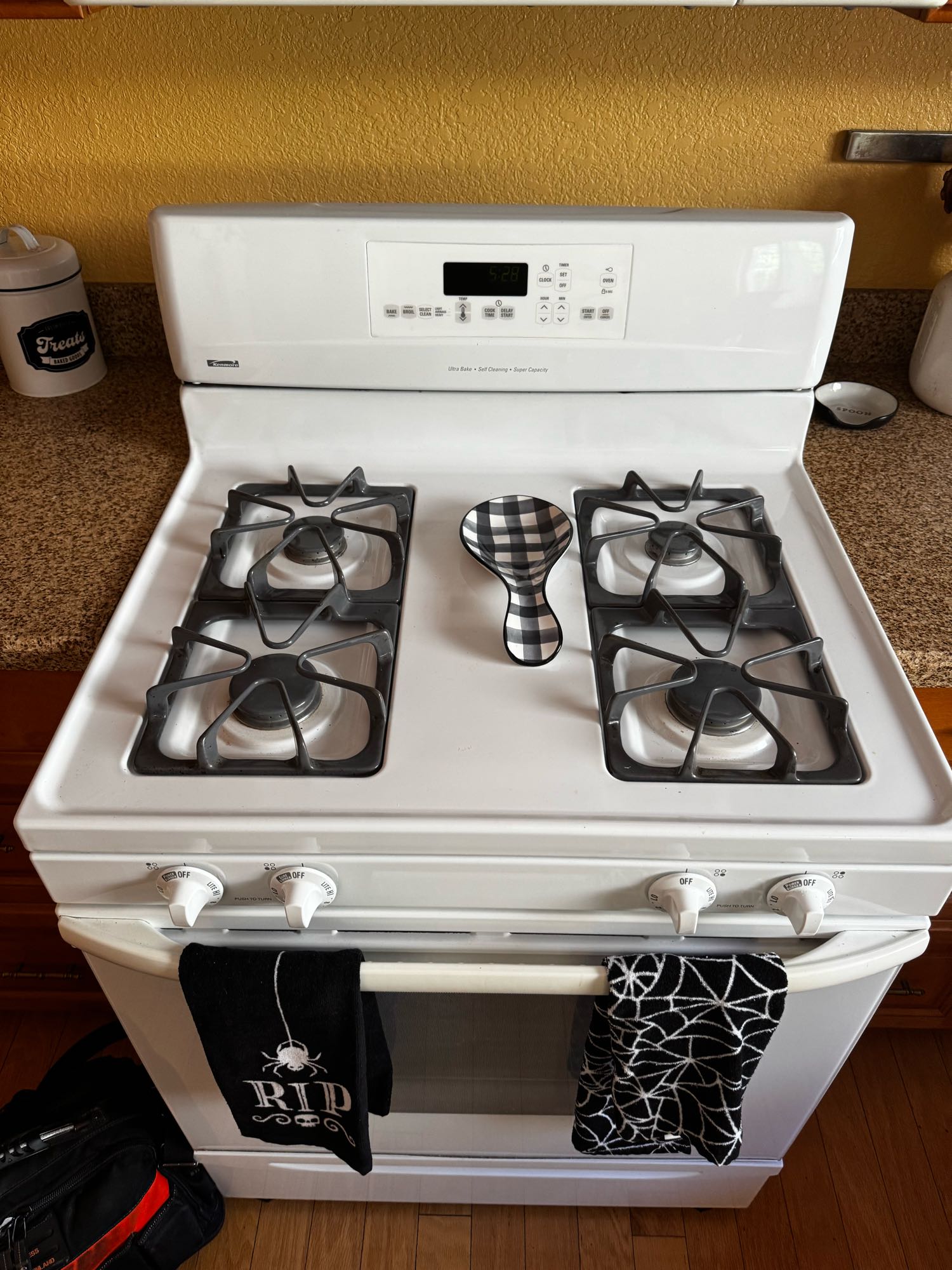A gas stove is an indispensable part of any kitchen, providing instant heat and precise control for cooking. When the flame burns low, however, it can be frustrating and inefficient. A weak flame means longer cooking times, unevenly cooked meals, and wasted energy. Understanding why this happens—and how to fix it—can save you time, money, and unnecessary stress.
Two of the most common causes of a low flame on a gas stove are clogged gas jets and insufficient gas supply. Let’s explore how to identify each issue, what you can do about it, and when it’s best to call in the professionals.
1. Clogged Gas Jets
The gas jets (also known as burner ports or orifices) are the small openings through which gas flows to create the flame. Over time, these jets can become partially blocked by grease, food particles, or debris. This buildup restricts the flow of gas and leads to a smaller, weaker flame.
Signs of clogged gas jets:
- Uneven or flickering flames
- Yellow or orange flame instead of blue
- Only part of the burner ignites
- A noticeable decrease in flame height even at maximum setting
How to fix it:
Start by turning off the gas supply and ensuring the stove is completely cool. Remove the burner caps and clean them with warm soapy water. Use a soft brush or a needle to gently clear out the burner holes. Avoid using anything too hard or sharp, as it could damage the metal or enlarge the openings. After cleaning, let all components dry completely before reassembling and testing the flame.
If cleaning doesn’t solve the issue, the blockage may be deeper in the gas lines or the jets themselves might be damaged. In this case, professional servicing is recommended to safely remove and inspect the jets.
2. Insufficient Gas Supply
If your gas stove’s jets are clean but the flame remains weak, the problem may be due to an insufficient gas supply. This can occur for several reasons, ranging from low gas pressure to faulty components within the gas delivery system.
Possible causes include:
- A nearly empty gas cylinder (in LPG setups)
- Kinks or leaks in the gas hose
- A malfunctioning gas regulator
- Low pressure from the main gas line
- Improper gas valve adjustment
How to diagnose:
Start with the simplest check—make sure your gas cylinder isn’t empty or nearly depleted. If the cylinder is full and the flame is still low, inspect the gas hose for any twists, bends, or visible damage. Sometimes, replacing an old or cracked hose restores normal gas flow.
Next, look at the gas regulator. A faulty regulator can prevent the correct amount of gas from reaching your stove. Regulators can degrade over time or become clogged with dirt or moisture. Replacing it often resolves the issue. However, any work involving gas lines should be done by a qualified technician to prevent leaks or safety hazards.
3. Other Contributing Factors
While clogged jets and insufficient supply are the most common causes, a few other issues can also affect flame performance:
- Dirty burner heads: Accumulated residue around the burner head can alter the flame pattern. Regular cleaning prevents this.
- Incorrect air-to-gas ratio: If the flame is yellow or orange, your stove might be receiving too much air or not enough gas. A professional can adjust the air shutter to restore the correct balance.
- Faulty ignition system: Weak ignition or spark failure can also affect the quality and size of the flame.
4. Safety First
When dealing with gas appliances, safety should always come first. Never attempt to disassemble internal components or handle gas fittings unless you’re trained to do so. Gas leaks are extremely dangerous and can lead to fires or explosions.
If you ever smell gas or suspect a leak, turn off the supply immediately, open windows for ventilation, and contact your local gas supplier or emergency service.
5. Professional Repair and Maintenance
A low flame may seem like a minor inconvenience, but it can be a sign of deeper issues within your stove or gas system. Regular maintenance and cleaning are essential to ensure safe and efficient operation.
If you’ve cleaned the burners and checked your gas supply but the flame remains low, it’s time to contact professionals. A skilled technician can inspect the jets, regulator, and gas lines, pinpoint the cause, and restore proper performance quickly and safely.
A properly functioning gas stove delivers a steady, blue flame that heats evenly and efficiently. When that flame burns low, it’s usually due to clogged gas jets or insufficient gas supply—issues that can often be prevented with regular care and cleaning. However, if troubleshooting doesn’t help, don’t take risks with gas equipment.
Contact the experts at Home Appliance Service Center for professional gas stove repair and maintenance. Our experienced technicians will diagnose the problem, clean or replace faulty components, and ensure your stove is working safely and efficiently again.
Don’t let a weak flame slow down your cooking—schedule your service appointment today with Home Appliance Service Center!
Contact us
 619-928-5000
619-928-5000  Request Service
Request Service 
